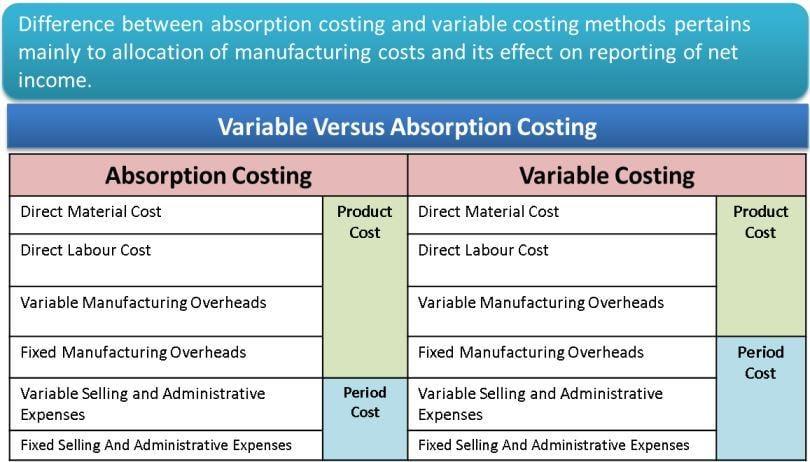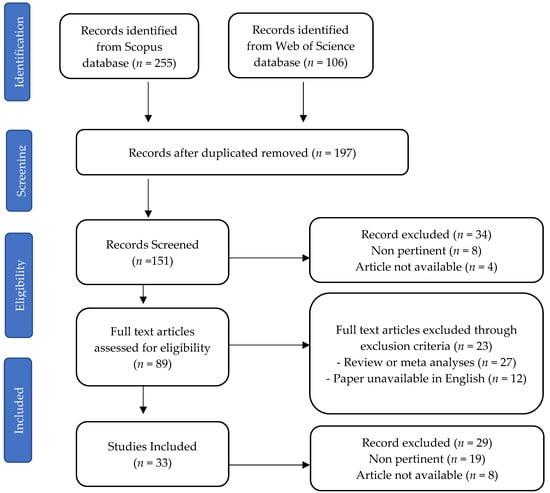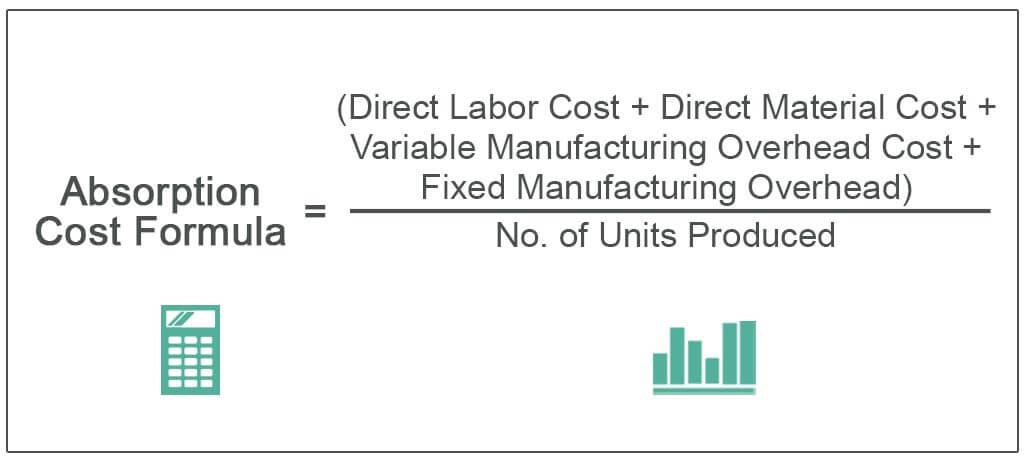In the world of modern business, efficient and cost-effective logistics play a vital role in the success of a company. One crucial aspect of this process is absorption costing, a method that involves allocating all costs associated with producing goods, including transportation and shipping expenses. In this article, we will delve into the intricacies of absorption costing in the realm of logistics, exploring how it impacts transportation and shipping operations. Join us on a journey to uncover the strategies and challenges of implementing absorption costing in the world of logistics.
Understanding Absorption Costing for Logistics Businesses
Absorption costing is a vital concept for logistics businesses to understand in order to accurately calculate the total cost of producing goods or delivering services. By incorporating both variable and fixed costs into the calculation, absorption costing provides a more comprehensive view of the total expenses incurred in the production process.
With absorption costing, logistics companies can make informed decisions regarding pricing strategies, production levels, and overall profitability. By allocating fixed costs such as rent, salaries, and utilities to each unit produced, businesses can better track their expenses and determine the true cost of their operations. This method allows for a more accurate assessment of the financial health of the company and helps in identifying areas for cost savings and efficiency improvements.

Optimizing Transport Costs through Absorption Costing Strategies
When it comes to optimizing transport costs, absorption costing strategies can play a crucial role in the overall logistics and shipping process. By utilizing absorption costing, companies can accurately allocate all costs related to transporting goods, allowing for better decision-making and cost control. This method takes into account both variable and fixed costs associated with transportation, providing a more comprehensive view of the total expenses incurred.
One key benefit of absorption costing in logistics is the ability to accurately determine the cost per unit transported. This information can help companies make informed decisions about pricing, route optimization, and overall transportation efficiency. By properly absorbing all costs into the transportation process, businesses can better understand their cost structures and implement strategies to minimize expenses while maximizing profitability.

Maximizing Profitability in Shipping Operations with Absorption Costing Analysis
When it comes to maximizing profitability in shipping operations, absorption costing analysis plays a crucial role in helping companies make informed decisions. This method of cost accounting factors in all direct and indirect costs associated with the production and transportation of goods, providing a comprehensive view of the expenses incurred in the shipping process. By utilizing absorption costing analysis, logistics companies can accurately determine the cost per unit of shipping, identify cost-saving opportunities, and optimize their pricing strategy to maximize profitability.
One key advantage of absorption costing analysis in shipping operations is its ability to allocate fixed overhead costs across all units produced and shipped. This ensures that all costs, including rent, utilities, and equipment depreciation, are accounted for in the pricing of goods. By understanding the full cost of shipping each unit, companies can make informed decisions on pricing, promotions, and cost-cutting initiatives to boost profitability. Additionally, absorption costing analysis enables companies to assess the efficiency of their shipping operations and identify areas for improvement to enhance overall profitability.

Key Considerations for Implementing Absorption Costing in the Logistics Industry
When implementing absorption costing in the logistics industry, there are several key considerations to keep in mind to ensure the financial accuracy and efficiency of this costing method. One important factor to consider is the allocation of overhead costs. In the logistics sector, overhead costs can be quite substantial, including warehousing expenses, transportation costs, and administrative fees. It is essential to accurately allocate these costs to the products or services being offered to get a true picture of the total costs involved.
Another crucial consideration is the impact of seasonality on absorption costing in the logistics industry. Seasonal fluctuations in demand can significantly affect production levels and overhead costs. It is essential to carefully analyze these fluctuations and adjust the absorption costing method accordingly to account for the variations in costs. By taking into account these key considerations, companies in the logistics industry can effectively implement absorption costing to better understand their costs and make informed business decisions.
Concluding Remarks
In conclusion, absorption costing in logistics, transport, and shipping is a crucial tool for businesses to properly allocate all costs associated with producing and delivering goods. By understanding the full extent of expenses incurred, companies can make more informed decisions that ultimately lead to more efficient operations and increased profitability. So next time you’re analyzing your supply chain costs, don’t forget to consider absorption costing to truly capture the complete picture. Happy shipping!
